Identify the Major Muscles Described in Column a
A deep composite muscle consisting of three columns 5. Up to 24 cash back 17.

This Is A 12 Question Matching Quiz Regarding The Major Muscle Groups Within The Human Body The 12 Muscle Groups Major Muscles Muscle Groups Latissimus Dorsi
Enter the correct letter in the answer blank.
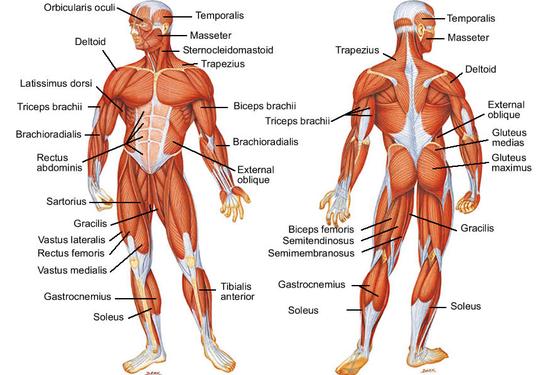
. Muscles are considered the only tissue in the body that has the ability to contract and move the other body parts. Means straight muscle of the. Muscle that allows you to shrug your shoulders or extend your head O__ 2.
Up to 24 cash back Column A 1. Identify the major muscles described in Column A by choosing a response from. The major skeletal muscles are illustrated in Figures 1 through 6 and described in Tables 1 through 4.
A deep composite muscle consisting of three columns 5. Muscle that adducts the shoulder and causes extension of the shoulder joint 3 Shoulder muscle that is the antagonist of the muscle just described 4. Provide an articulation point for the ribs openings providing for exit of spinal nerves structures that form an enclosure for the spinal cord structures that form the vertebral arch Describe how a.
Several criteria are applied to the naming of muscles. Erector spinae O 1. Identify the principle axial muscles of the body and indicate their origins insertions actions and innervation.
These are provided in Column B. Gluteus maximus Adductor magnus Biceps femoris Transversus abdominis Extensor carpi ulnaris Trapezius. These are provided in Column B.
Muscle that allows you to shrug your shoulders or extend your head 2 Muscle that adducts the shoulder and causes extension of the shoulder joint 3. Up to 24 cash back GROSS ANATOMY OF THE SKELETAL MUSCLES Muscles of the Head 18. The occipitofrontalis muscle moves up the scalp and eyebrows.
Psoas major muscle that along with the iliacus makes up the iliopsoas pubococcygeus muscle that makes up the levator ani along with the iliococcygeus quadratus femoris muscle deep to the gluteus maximus on the lateral surface of the thigh that laterally rotates the femur at the hip quadratus lumborum. The muscle has a frontal belly and an occipital near the occipital bone on the posterior part of the skull belly. Muscle that flexes the fingers 4.
Then select a different color for each of the terms in Column B that has a color. Prime mover of back extension. The upper fibers - Elevation and extension and rotation of the head at the neck.
Oblique and rectus muscles. Biceps femoris Transversus a bdominis 5. Several criteria are applied to the naming of muscles.
In other words there is a muscle on the forehead frontalis and one on the back of. Identify the major muscles described in Column A by choosing a response from Column B. Shoulder muscle that is the antagonist of the muscle just described 4.
The lower fibers - Adduction depression and upward rotation. Identify which criteria pertain to the muscles listed in Column A and enter the correct letters in the answer blank. First identify the structures described in Column A by matching them with the terms in Column B.
Match the types of fibers in the trapezius muscle in the left column with their actions in the right column. Adductor ma gnus 3. The orbicularis oris is a circular muscle that moves the lips and the orbicularis oculi is a circular muscle that closes the eye.
Figure 3The major skeletal musclesanterior and lateral views. About 40 of your body weight is made up of muscle tissues. Column A _____ 1.
Extensor ca rpi u Inaris 7. Select a different color for each muscle described and color in the coding circle and corresponding muscle on Figure 66. Muscle that allows you to bend flex the elbow 5.
The Vertebral Column 10. Figure 2The major skeletal musclesposterior superficial view. Several criteria are applied to the naming of muscles.
Location of muscle relative to bone or body region. Relative size of the muscle. Enter the correct letters in the answer blanks.
Column A Column B. Location of muscle relative to bone or body region. Axis cervical vertebratypical d.
Then for each muscle description that has a color-coding circle select a different color to color the coding circle and corresponding muscle on Figure 67. Identify the anterior trunk muscles described in Column A by choosing a response from Column B. Column A 1 squints the eyes 2 raises the leyebrows 3 smiling muscle 4 puckers the lips 5 pulls the scalp posteriorly Column B a corrugator supercilii b depressor anguli oris c frontal belly of epicranius d occipital belly of epicranius.
Column A Column B 1. Direction in which the muscle fibers run relative to some imaginary line. Muscles of the vertebral column 3.
Muscle that extends the fingers 3. View imagejpg from SCIENCE 101 at Alexandria Senior High School. Then select different colors for each muscle description provided with a color-coding circle and use them to color in the coding circles and corresponding muscles on Figure 6-10.
Muscle that allows you to shrug your shoulders or extend your head 2. Muscles of the Trunk 20. Column A Column B A.
Provide levers against which muscles pull 5. Muscular System 9 10. 5 Major Muscle Groups of the Body and Their Function.
Identify which criteria pertain to the muscles listed in Column A and enter the correct letters in the answer blank. Muscles of the head and neck 2. Enter the correct letter in the answer blank.
Enter the correct letter in the answer blank. The Axial Muscles p. The distinguishing characteristics of the vertebrae composing the vertebral column are noted below.
Figure 1The major skeletal musclesanterior superficial view. Up to 24 cash back Created Date. Identify the major muscles described in Column A by choosing a response from Column B.
Gluteus maximus 2. Prime mover of back extension. Up to 24 cash back 17.
There are more than 600 muscles in the human body. Select a different color for each muscle described and color in the coding circle and corresponding muscle on Figure 6-6. The middle fibers - Elevation adduction and upward rotation.
Identify which criteria pertain to the muscles listed in Column A and enter the correct letters in the answer blank. 5 Major Muscle Groups of the Body and Their Function. Correctly identify each described structure by choosing a response from the key.
Axial muscles can be divided into 4 groups based on location and function. Match the muscle names in column mathrmB to the facial muscles described in column A. Wrist flexor that follows the ulna 2.
Muscle that adducts the shoulder and causes extension of the shoulder joint C. Column A Column B B. These are provided in Column B.
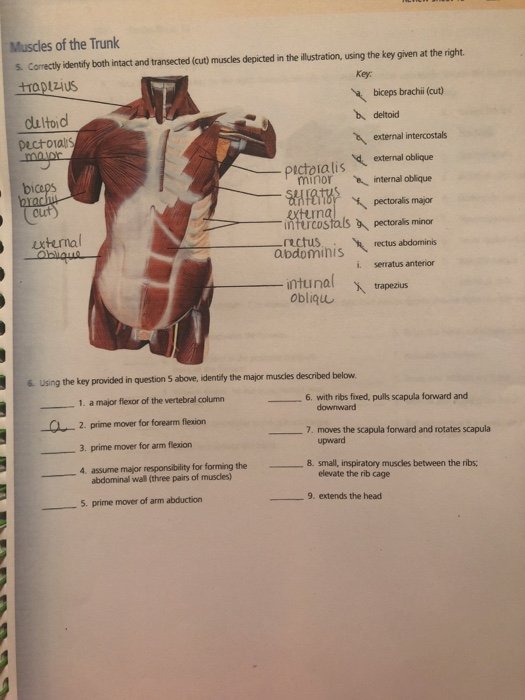
Solved Using The Key Provided In Question 5 Above Identify Chegg Com
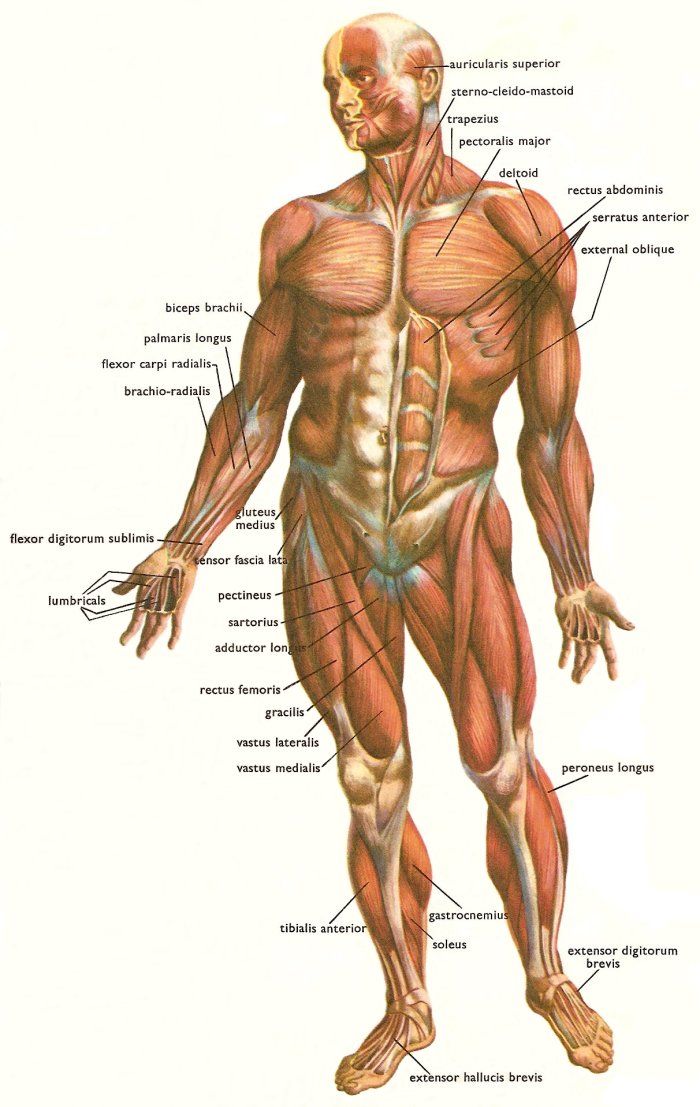
Major Muscles Involved In Movement Hsc Pdhpe
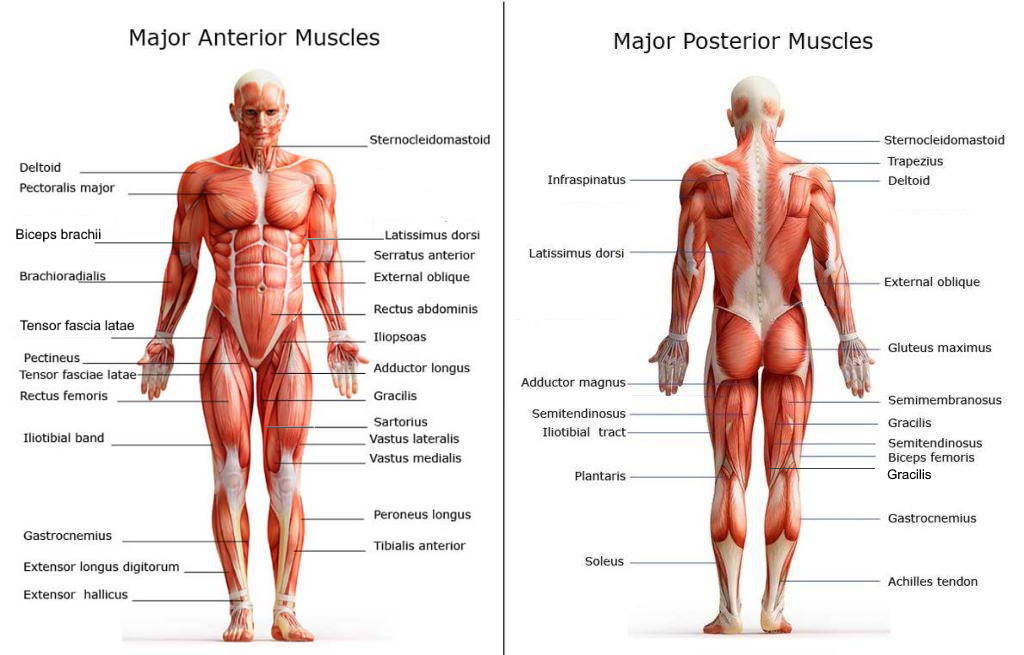
Major Muscles On The Back Of The Body
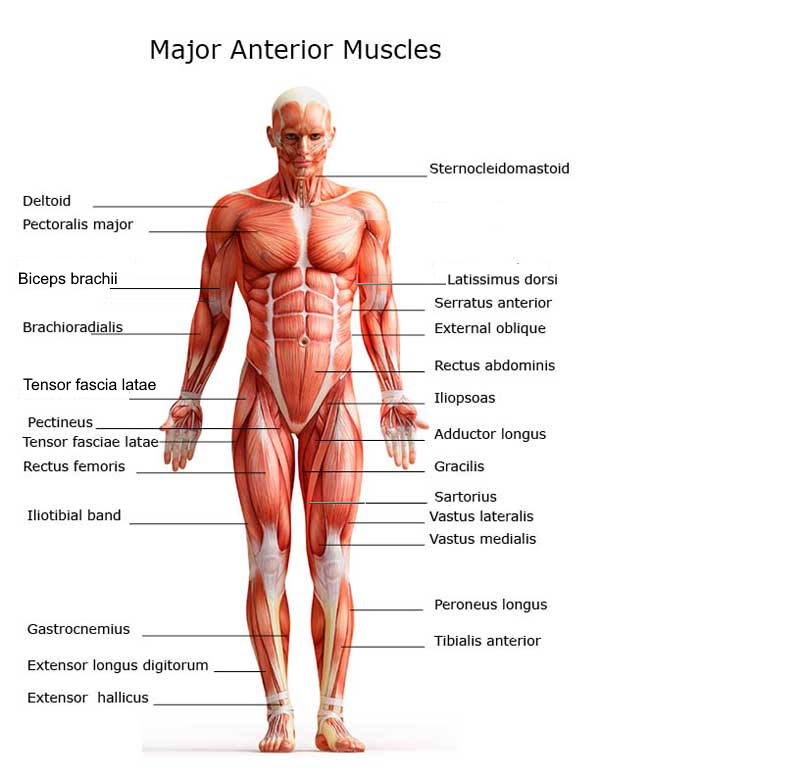
Chart Of Major Muscles On The Front Of The Body With Labels

Major Muscles Involved In Movement Hsc Pdhpe

Posterior Muscles In The Thoracic And Lumbar Region Netter Latihan Fisik
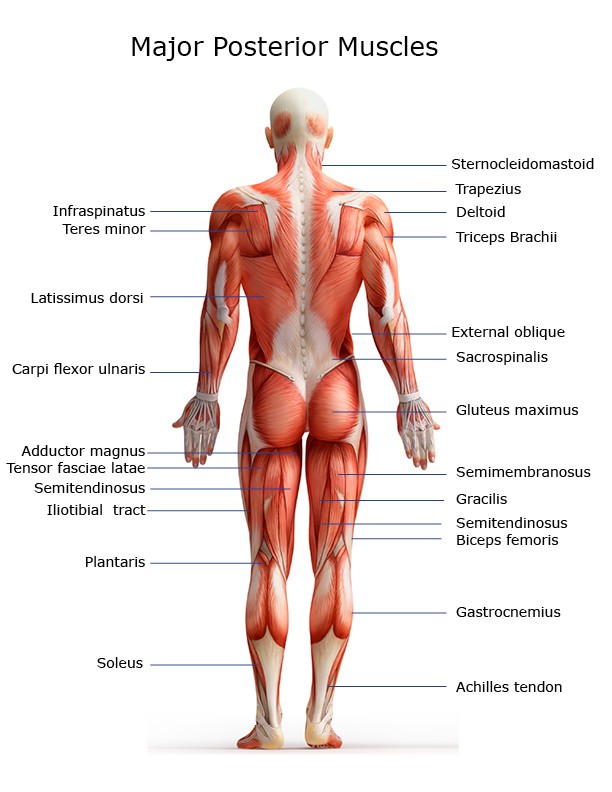
Major Muscles On The Back Of The Body

Labeled Human Body Koibana Info Sistema Muscular Humano Anatomia E Fisiologia Humana Sistema Muscular

Aparato Locomotor Wikipedia Fitness Muscle Diagram Human Muscle Anatomy Human Body Muscles
0 Response to "Identify the Major Muscles Described in Column a"
Post a Comment